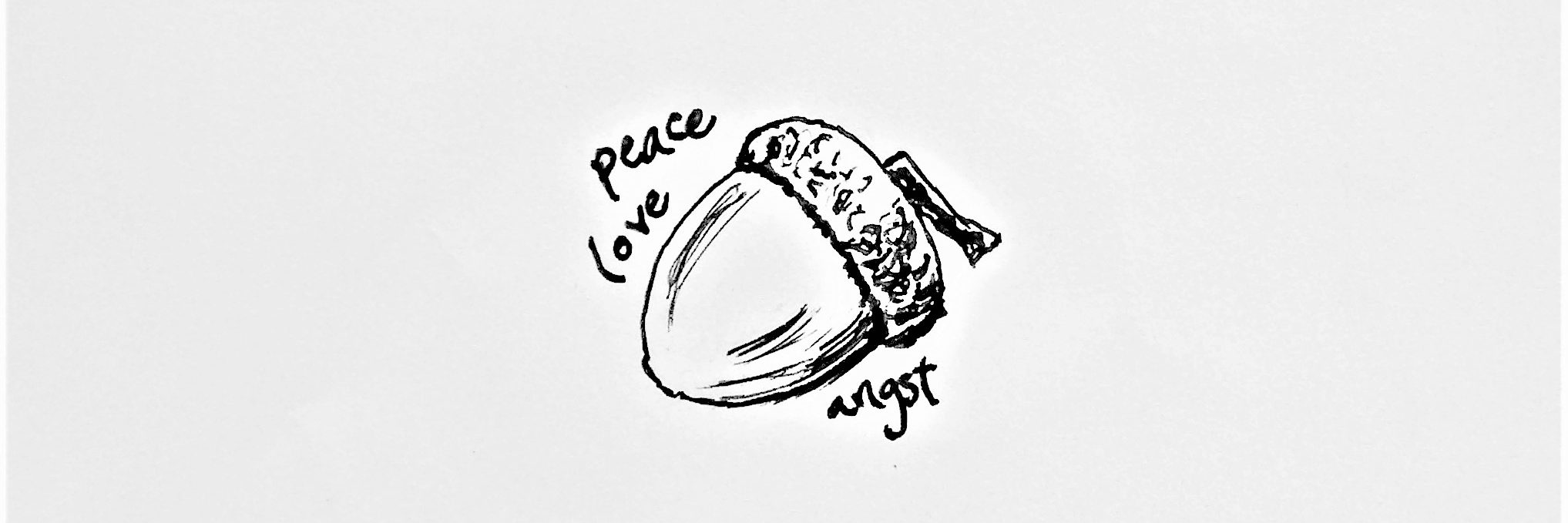Perhaps it is my age, geographic location, and walk of life (I am an over-35 single woman pursuing a PhD in an urban centre), but sometimes it seems like I know more women who don’t have children than those who do. The circumstances range widely: women in long-term relationships who desire children but are unable to conceive, women (like me) who would like to have children but haven’t yet found a partner for such an enterprise (and are constantly aware of biological deadlines), women who are childless by choice, women whose life/finances/relational situations haven’t yet allowed for children, and so on. The variety of emotions that accompany each of these circumstances can shift from year to year or even hour to hour.
The Bible is full of stories about mothers, but none of them takes the form of an irenic depiction of a great mom raising her children in the ways of God. Common elements of biblical motherhood stories are jealousy, shame, and desperation. And almost all of them begin as stories of “barren women”—women who are past menopause, women whose wombs are “closed” and unable to conceive, women who pray fervently for a child. These stories rarely conclude with a perfect happy ending, but at some point in the narrative, the impossible happens and God gives a child. Sarah, Rebekah, Rachel, Hannah, Samson’s mother, the Shunammite woman, Elizabeth… the stories pile upon each other, each gathering up the previous story and carrying it forward as a trope emerges. The prophet Isaiah turns to this trope to show the greatest possible contrast between grief and joy: “Sing, barren woman, you who never bore a child; burst into song, shout for joy, you who were never in labor; because more are the children of the desolate woman than of her who has a husband,” says the LORD (Isaiah 54:1). Many of the stories include an “annunciation narrative,” in which one or both of the parents receives some kind of angelic or prophetic announcement of the coming birth, foreshadowing the angel Gabriel’s announcement to Mary of her role in the birthing of God among us.
For women who are childless by circumstance rather than choice, these barren women narratives can offer either comfort or pain—or perhaps a mixture of both. There is comfort in the unabashed acknowledgment of the pain of barrenness, and in the text’s acknowledgment that part of the suffering is caused by the expectations of the cultural script the women inhabit. But each of these women is given a child in the end. What about the women and men who will always wait in vain?
Of all the annunciation narratives, the one that most clearly parallels the Annunciation of Mary is the story of Hagar, the slave that Sarai offers to her husband Abram as a kind of forced surrogate mother to conceive a child for her. Hagar’s is not the story of a barren woman, but that of a single mother who is essentially abandoned by the man who impregnated her and mistreated by his wife. Hagar runs away into the desert, where she is “found” by the angel of the Lord. “Now you have conceived and shall bear a son,” she is told, in phrases that the angel Gabriel will echo centuries later. Hagar is to name the child Ishmael, which means “God hears,” because, as the angel tells her, “the Lord has given heed to your affliction” (Genesis 16:11). The encounter closes with Hagar naming God. She gives God the name El-roi, which means “the God who sees me.”
On this Mother’s Day, whatever the feelings you face it with: joy and thankfulness for the children you are nurturing or the woman who raised you, tension as you negotiate expectations that aren’t met or relationships that aren’t picture-perfect, grief as you remember a child or parent or grandparent who is no longer here, anxiety as you watch the child of your womb face a world that is unwelcoming… whatever the feelings, may you find comfort in the God who heard Hagar’s affliction and who hears yours, as well. Your pain, your joy, your anxiety, or your thankfulness may not be seen by others, but it is seen by the God who sees. May we who seek to follow this God grow in our ability to see and hear those around us.
